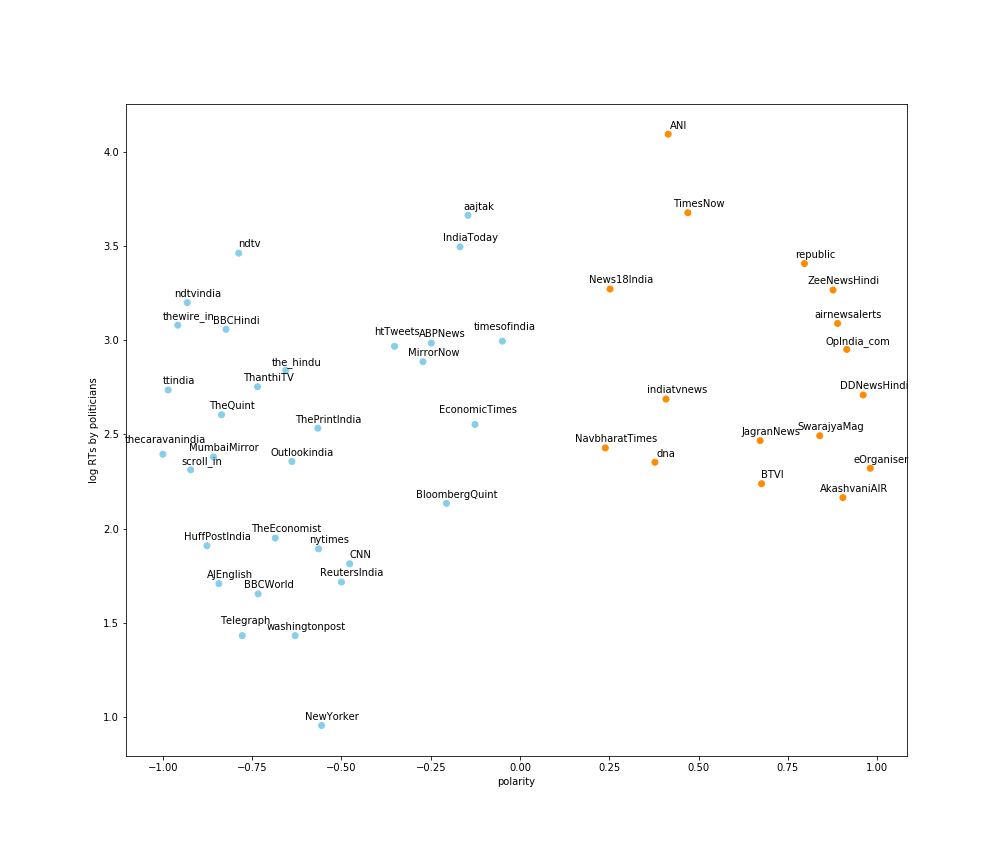One of the great philosophical battles of our times is the “cancel culture“. This culture dictates that if you have ever done something reprehensible in the past (I’m sure in my case you can find lots of incriminating blogposts and tweets), then you deserve to be “cancelled”.
This is how it works, according to Vox:
A celebrity or other public figure does or says something offensive. A public backlash, often fueled by politically progressive social media, ensues. Then come the calls to cancel the person — that is, to effectively end their career or revoke their cultural cachet, whether through boycotts of their work or disciplinary action from an employer.
In 2019 alone, the list of people who’ve faced being canceled included alleged sexual predators like R. Kelly; entertainers like Kanye West, Scarlett Johansson, and Gina Rodriguez, who all had offensive foot-in-mouth moments; and comedians like Kevin Hartand Shane Gillis, who each faced public backlash after social media users unearthed homophobic and racist jokes they’d made in the past.
In any case, recently the New York Post found that some ancestors of their great city rivals New York Times were slaveholders and supported the confederacy.
While it is pretty certain that any white American who had an ancestor who lived in the US in the early 1800s is likely to be the descendent of slaveholders, maybe this is good reason enough to “cancel the New York Times”?
Cancel the New York Times then? https://t.co/zQynap6aXE
— Karthik (@karthiks) July 20, 2020
Anyway the point of this post can be seen in the replies to the tweet, and you can think of the sole purpose of this post being to save that idea for posterity.
Essentially, New York Times is a subscription-based newspaper, and a more conventional meaning of “cancel” applies to it – you can simply cancel your subscription. I’m a subscriber, having taken advantage of a ?25 per week offer they ran a few months back (this is less than half of what I pay for a print edition of the Times of India; that is how zero marginal cost products work).
Now, through my twitter timeline I’ve been seeing several people make a case that the NYT is not what it used to be, and that it is a partisan rag now, and that it is not worth subscribing to, and hence deserves to be (in the conventional sense) cancelled.
Every time I come across such an argument I briefly consider cancelling my NYT subscription and then I think “what the hell, it’s just ?25 per week. The option value of a few good articles here and there is worth more than that”, and I move on.
I have mentally set myself to cancel my subscription in March next year, when my cheap offer ends, but until then, as far as I’m concerned the “NYT is too cheap to be cancelled”.
So that led to this thought – you can only be cancelled if you are not “cheap”. As long as you are cheap enough, people will see no benefit in cancelling you.
Now I’m reminded of the time when at the New Year’s Eve celebrations, I got the “cheap guy of the year” award for 2004 at IIM Bangalore. I suppose that’s insurance enough against getting cancelled?
 It is an interesting article, quoting an expert on aerosols about what is the best way to hug. From what I gather, the key is to keep your faces turned away from each other. As long as you maintain this, hugging should still be fine.
It is an interesting article, quoting an expert on aerosols about what is the best way to hug. From what I gather, the key is to keep your faces turned away from each other. As long as you maintain this, hugging should still be fine.
